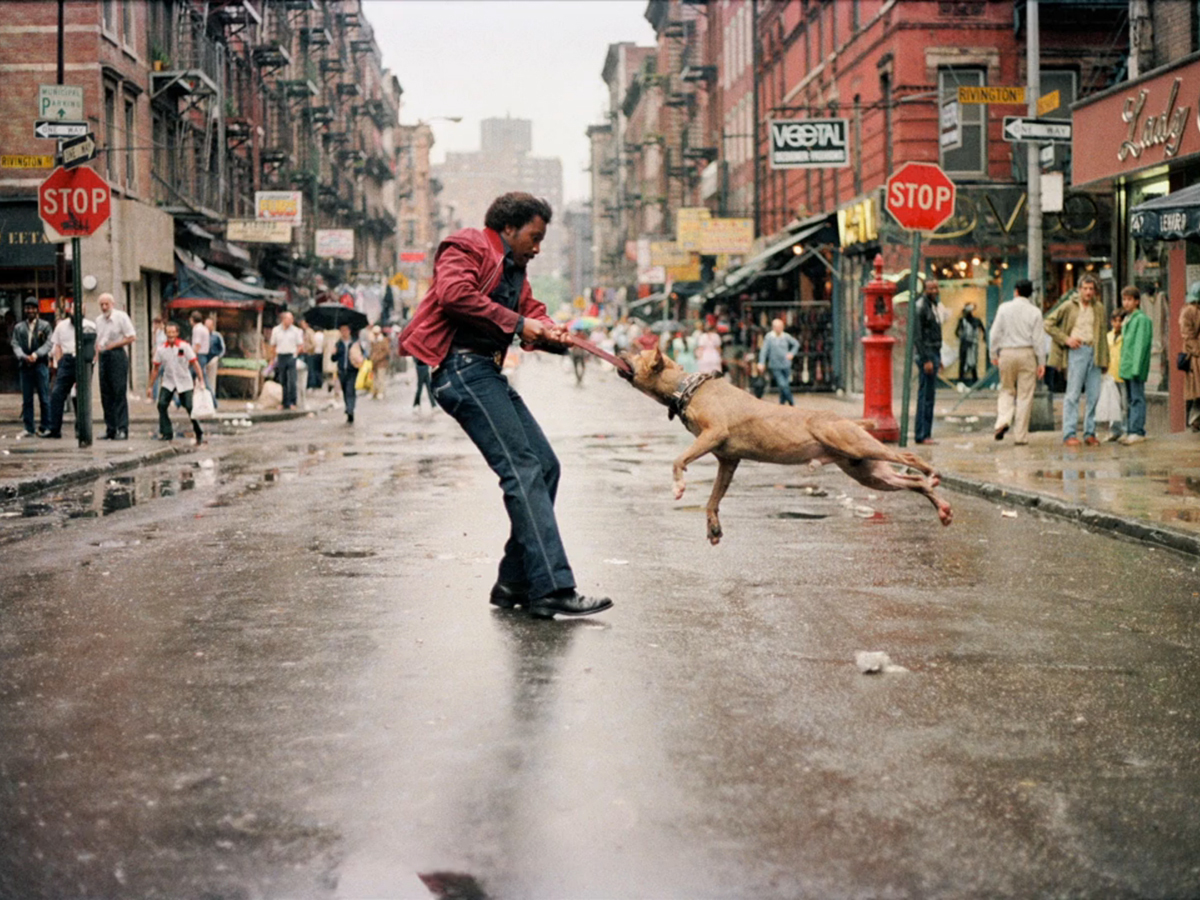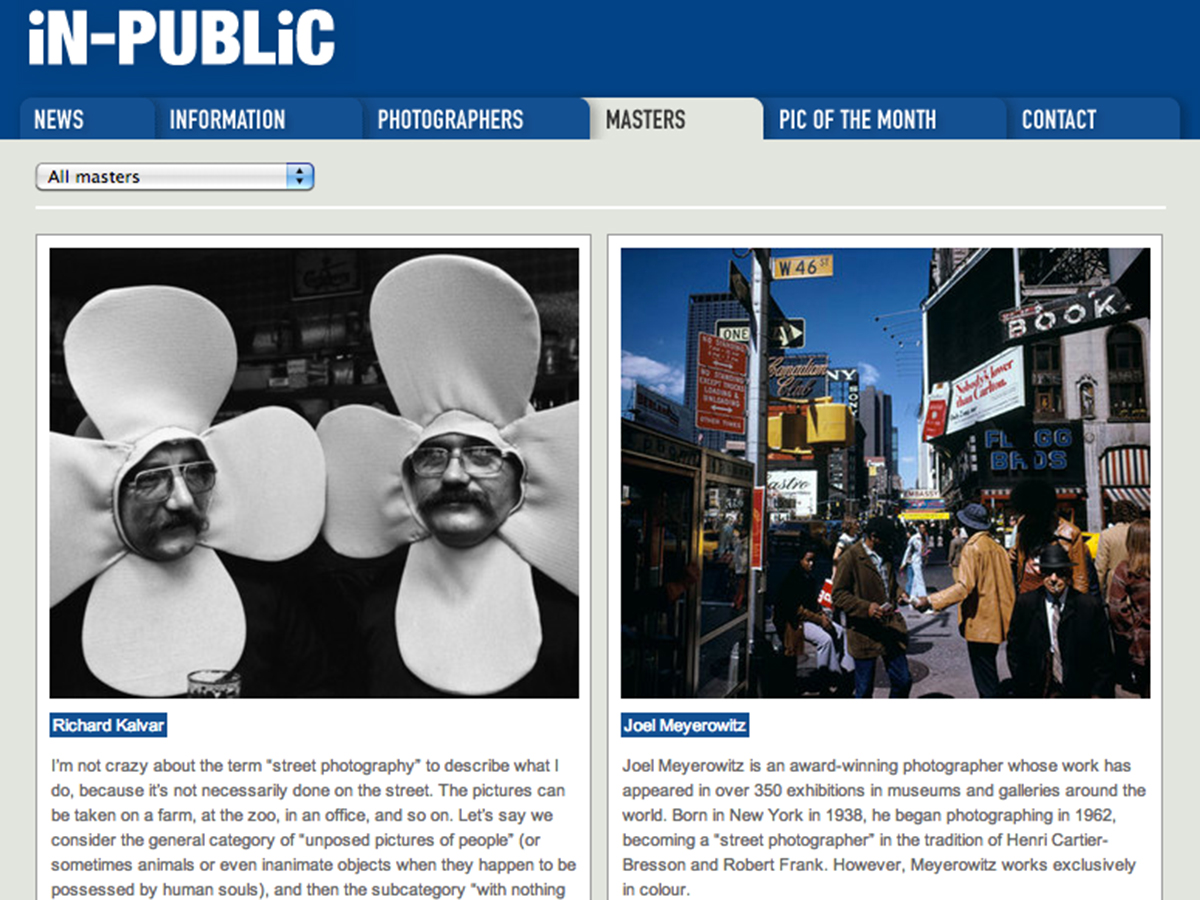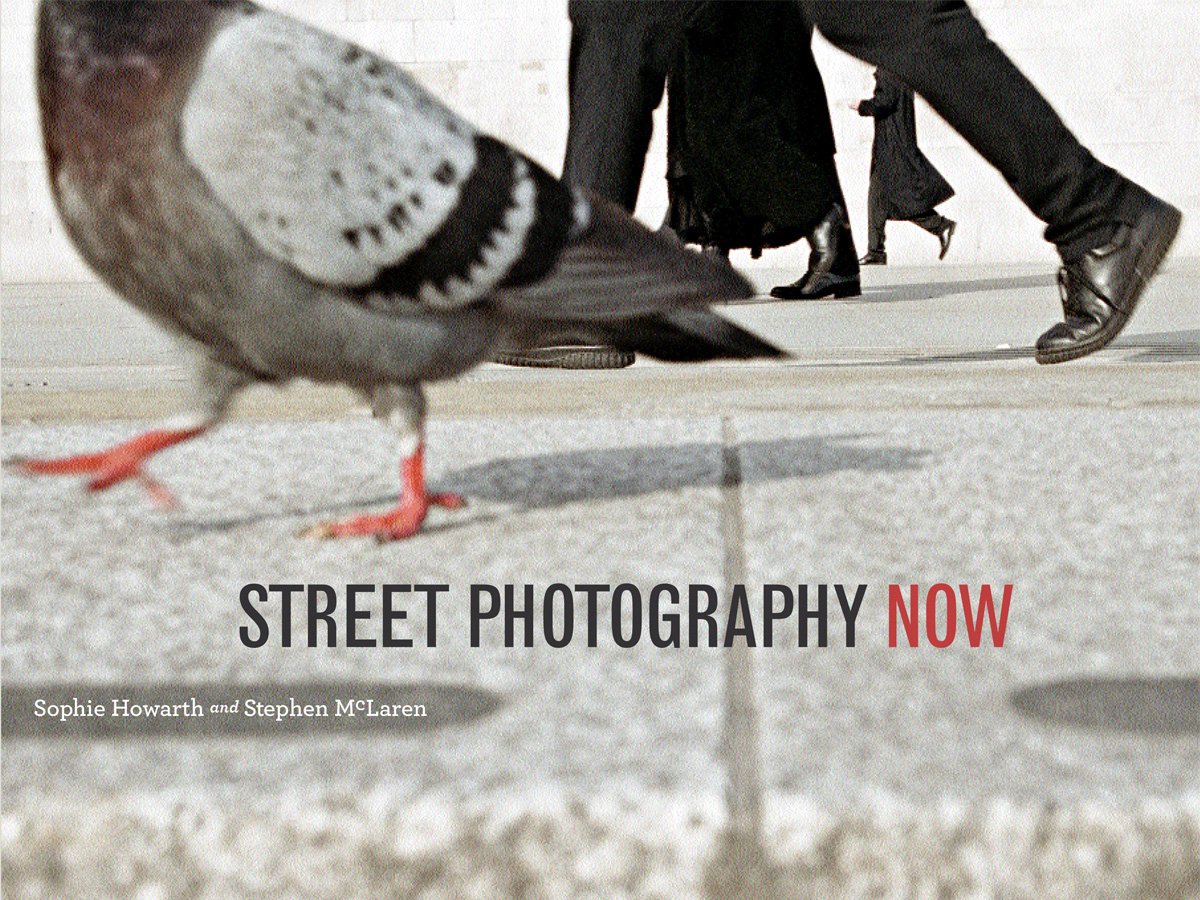Beta Yourself: How to master Street Photography
Internationally aclaimed snapper Nick Turpin shares his tips on panning for gold in the street
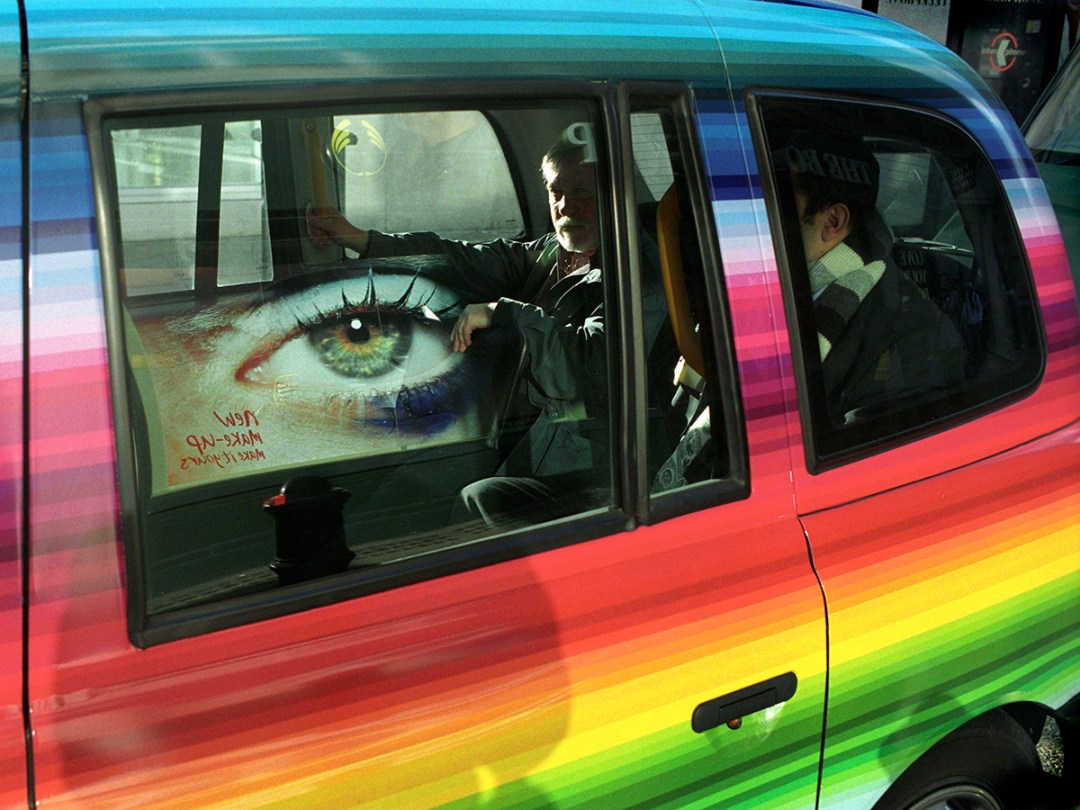
Street photography is one of the simplest photographic pursuits to try, and one of the hardest to master.
It’s also one with a long, illustrious history, from its birth in the late 19th century through its heyday in the ’50s and ’60s – when the likes of Henri Cartier-Bresson and Robert Frank turned it into an enduring artform – and up to the present day.
These days, the tools of the trade are as likely to be smartphones as cameras, but the same rules as ever apply.
Here, acclaimed street snapper Nick Turpin gives us his tips and tricks for capturing that special moment in even the most unprepossessing of locations.
The basics
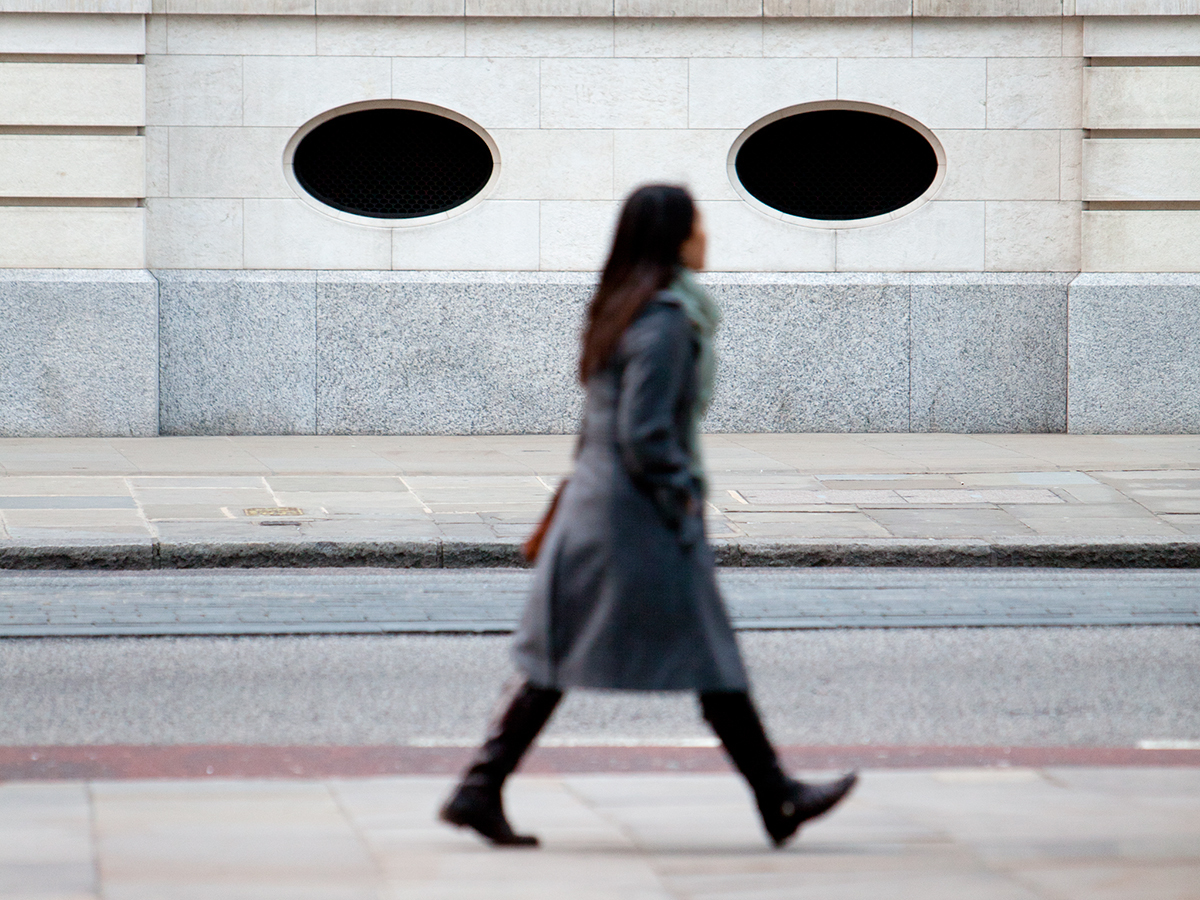
Embrace the mundane
Street photography is an approach, a way of seeing the everyday differently and realising that remarkable stories are being played out on every pavement all of the time.
Be ready
Always have your camera switched on with no lens cap and a shutter speed of 1/500s (use Shutter Priority or Manual mode) to freeze that moment when it arrives.
Don’t just look ahead
Look close by, across the street, even above you. You never know where that next shot is coming from. Visualise a frame. Look where the corners finish and, when the composition is nice, think about the optimum moment to release that shutter. You are editing time and space.
Don’t be timid
You are legally allowed to photograph anything you can see in a public place (in the UK at least), so shoot confident in that knowledge.*
Be patient
This is the hardest challenge in photography, so be prepared to fail more than succeed. But capture your first great moment and you’ll be hooked.
* There are some exceptions to this – mainly terrorism-related – so a quick read of the excellent Guide to Photographers’ Rights at Sirimo, or a good Google search for the absolute latest info, is advised
Rules
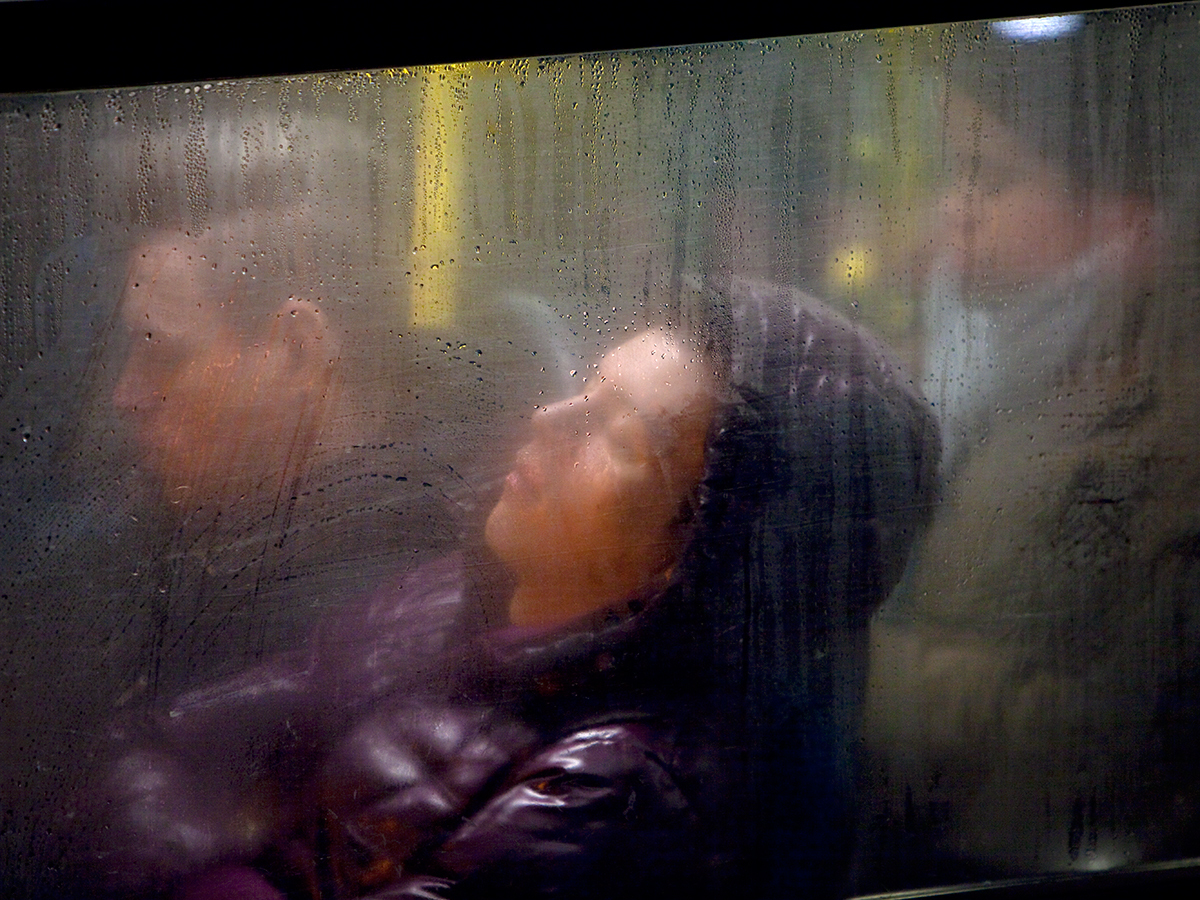
Never be camera-less
The first rule of street photography is to always have your camera with you, because the street delivers amazing happenings even when you’re not looking for them.
Don’t intervene
Great street photographs work because they appear surreal or remarkable but are simultaneously documents of real life. So never set them up.
Prune and tweak
You can’t edit too much. Shoot in RAW then import into Photo Mechanic (US$150, camerabits.com). It’s the fastest RAW editor by a mile.
Related › Beta yourself: Home photo studio
Equipment
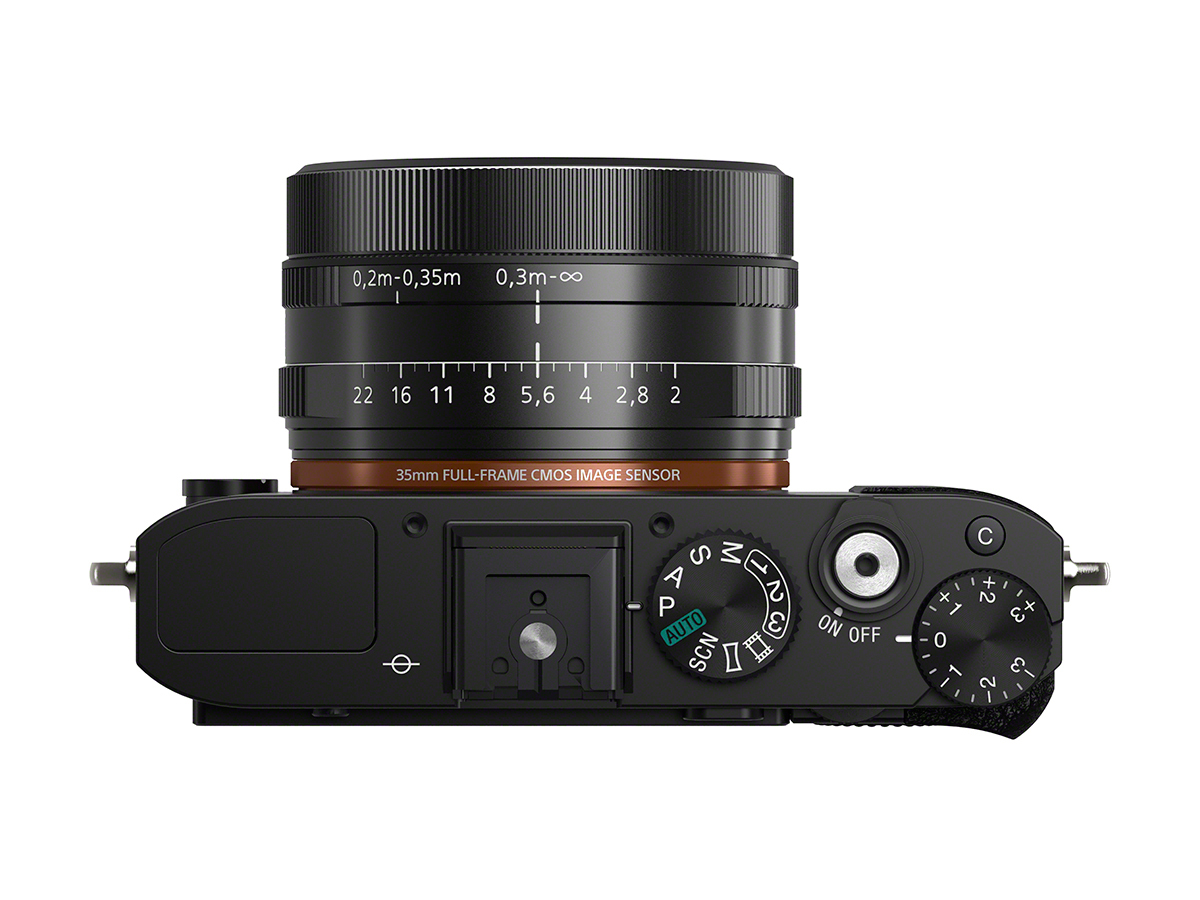
Go minimalist
Arm yourself with a small, discreet camera with no shutter delay. Leave everything else at home – you don’t want to look like a photographer.
Aim for speed
You’ll want a fast shutter speed to freeze passing pedestrians, plus as much depth of field (smallest aperture) as possible to keep things in focus. High ISO settings will help you get both.
Avoid zoom
You won’t have time for zooming, so go for primes or use tape to fix your zoom at 35mm (or equivalent).
Exercises
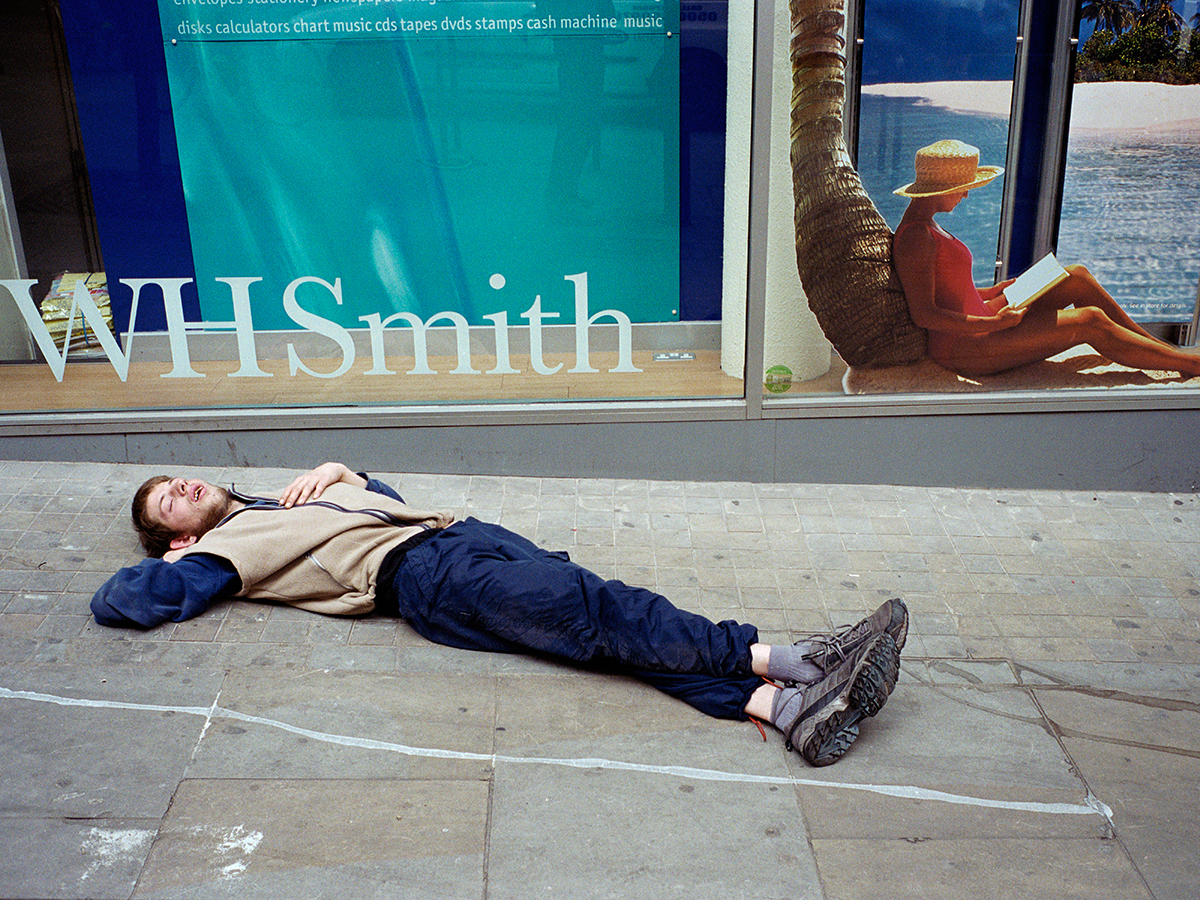
1. Find an interesting backdrop in the street with a striking element to it. For example, a mannequin or street performer.
2. Spend an hour taking photographs of everything that passes. Don’t hold back, make lots of frames. Shoot every time something comes into juxtaposition with your striking background element.
3. Back home, go through all of your frames and look for all of the subtle gestures and incongruities that you didn’t spot at the time. The camera always sees more than you do.
Related › Geek Projects Special: Photography
Tactics
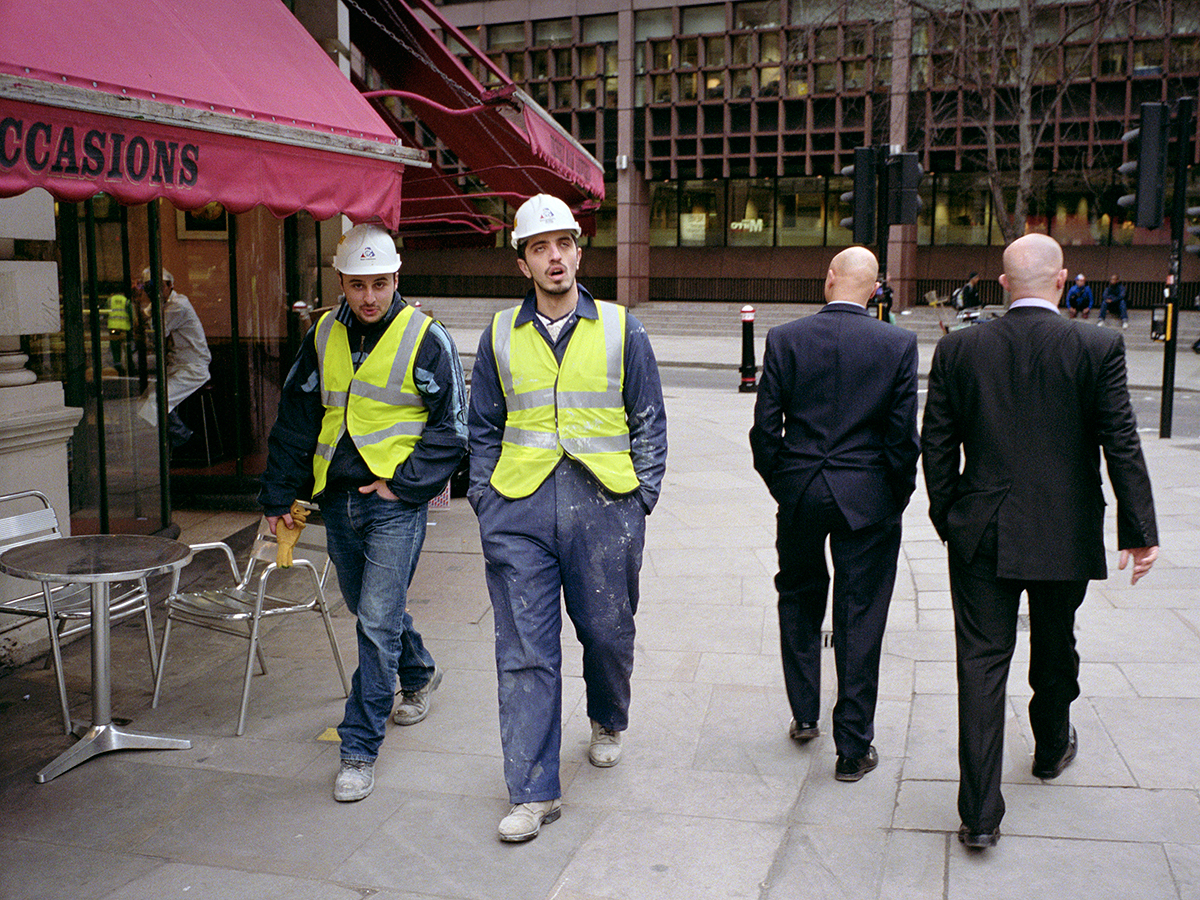
Employ charm
A quick smile is often enough to reassure people who spot you taking photos. Or you can offer a reason such as “I like your hat” or “lovely jacket”.
Take the side road
If you want to photograph someone candidly, avoid facing them. Try standing sideways-on while you wait for your moment.
Use props
If you’re waiting for a scene to develop but are looking conspicuous, employ displacement behaviour. Look at a map, ‘fix’ your camera, pretend to be on the phone, etc.
Level up with….
The film: Everybody Street (everybodystreet.com)
This Kickstarter-fuelled dip into the murky, visceral world of New York street photography includes interviews and narration from some of the greats of the genre, including Joel Meyerowitz, Bruce Davidson and Jill Freedman. You can watch the whole thing on Vimeo (US$4.99).
The website: In-Public (in-public.com)
Now in its 15th year, this site invites the best international street photographers to publish galleries of their work and grants the best ‘master’ status. It’s the perfect place to study the variation in individual styles and the techniques used by the world’s best chroniclers of human habits and conditions.
The book: Street Photography Now (£15 / amazon.co.uk)
A fine survey of the modern street photography scene, this book gathers the work of 52 eminent camera-wielders and studies how the genre has changed in this photography-soaked era of Google Street View and smartphone snapping.
Related › The 10 best SLRs and System Cameras
